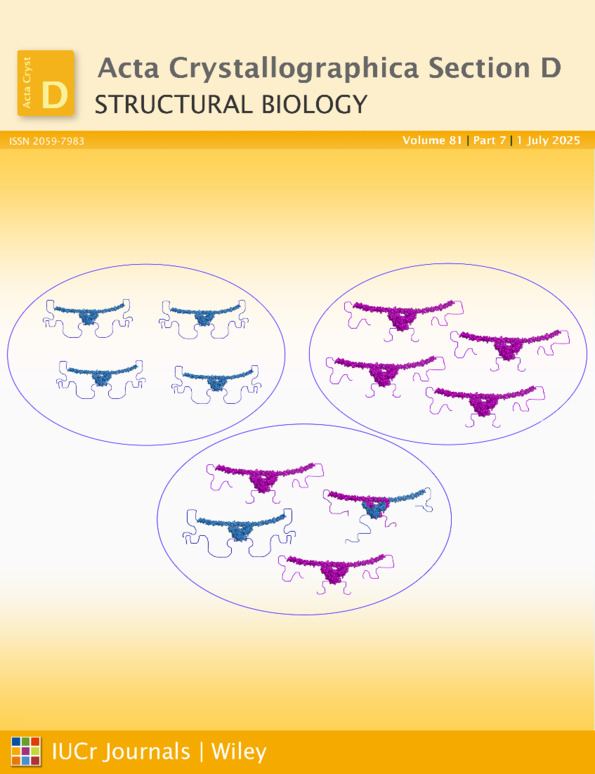A nanovolume crystallization robot that creates its crystallization screens on-the-fly
Abstract
Protein crystallization generally consists of an initial screen followed by optimization of promising conditions. Whereas the initial screen typically uses a standard set of pre-made crystallization cocktails, optimization requires new cocktails with small perturbations of the original composition. Highly parallel synchronous crystallization robots are ideal for initial screening, but they depend on pre-made crystallization cocktails. Asynchronous crystallization robots can create crystallization cocktails from stock solutions, but in practice this ability is rarely exploited. Instead, large-scale operations typically use a general liquid-handling robot to create optimization screens, whereas academics mostly rely on manual optimization. Here, the use of an asynchronous crystallization robot to create customized crystallization cocktails and set up nanovolume crystallization experiments without a compromise in speed or drop quality is described. This approach avoids the complex integration of hardware, software and dataflow between two robots and saves cost and space. As a proof of principle, a commercial crystal screen has been reproduced with the robot and shows that results are virtually identical to using the actual commercial screen.




